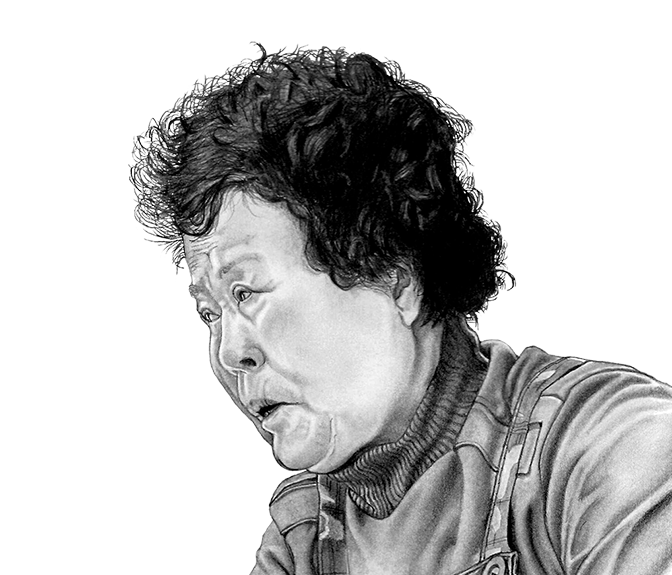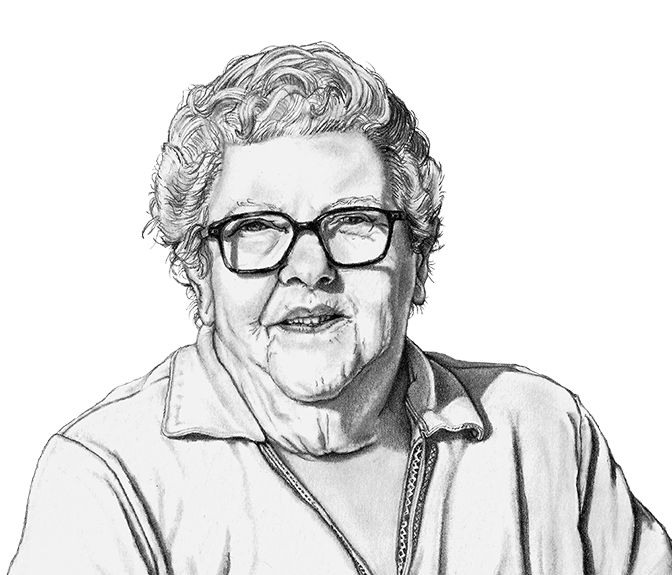Lasse Ainasoja was sitting in the driver’s seat of his city bus in Helsinki as he had done for three decades, when he approached an intersection he had crossed countless times. This time, though, he was confused, and he turned to his passengers for guidance on which way to turn. It was a clear sign that something was wrong.
“I was one of the best drivers at my company, I knew 92 per cent of the main bus routes in Greater Helsinki,” Ainasoja said. “When I quit working I didn’t remember a single route, I couldn’t remember where I had been working.”

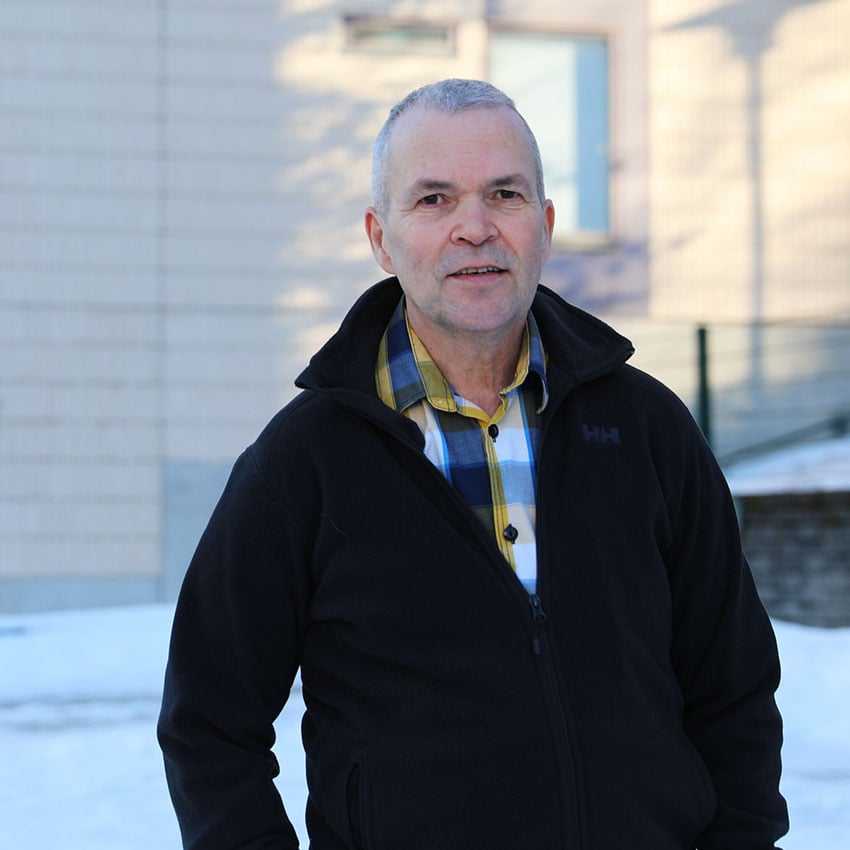
His wife Pirjo had noticed changes at home too. He was losing weight because he would forget to eat. After considerable coaxing from family and colleagues, Ainasoja agreed to see a doctor. The diagnosis: frontotemporal dementia, a memory disorder which has no cure, and mimics many of the symptoms of Alzheimer’s Disease.
Ainasoja is one of a growing number of people in Finland suffering from memory disorders. With up to 190,000 people with memory disease, Finland has the highest prevalence of dementia in the OECD. According to the World Health Organization, the country has the highest Alzheimer’s and dementia-related death rate in the world.
Percentage increase of dementia cases globally by 2050
By 2050, rates of dementia are projected to increase (fourfold in some countries) compared to 2019, due largely to an aging and growing population. Finland and Japan’s rates — currently the world’s highest — will increase less by comparison.
A key factor is in the numbers — Finland is one of the fastest aging countries in Europe.
Finland’s Population 1970, 2000, and 2030 projected
Today, Finland’s baby boomers are approaching or well into retirement age. By 2030, the number of people aged 80+ is projected to be 174 per cent higher than in the year 2000 — which will mean more people at high risk of dementia.
Population:
This trend started concerning Finnish geriatricians and public health experts more than a decade ago, and led to the Finnish Geriatric Intervention Study to Prevent Cognitive Impairment and Disability – FINGER – a group created by Dr. Miia Kivipelto in 2009 to study and treat dementia in the country.
“We have a long tradition of prevention,” said Dr. Kivipelto, “preventing cardiovascular disorders, preventing diabetes. So a lot of the work of FINGER is based on the existing infrastructure framework which comes from other chronic disorders.”
Dr. Kivipelto, a physician and geriatrics researcher, theorized that certain activities and factors contribute to the development of dementia, and if these could be clearly identified, there could be interventions that mitigate the risk of developing Alzheimer’s and other memory disorders. She and her group recruited 1,260 participants, half of whom received support for five factors: healthy eating, physical activity, cognitive training, social activities, and basic health factors like blood pressure, cholesterol and diabetes. “So, five fingers!” she said. The other half was simply monitored without any significant intervention or support.
Overall, the FINGER group showed 25 per cent improvement over the control group. “Executive function was getting 83 per cent more improvement, processing speed 150 per cent improvement, and even complex memory, 40 per cent improvement. So it was nice to see that it was not only one ‘finger,’ we could see the same pattern for all these domains,” she said.
Since the FINGER program is primarily focused on Alzheimer’s at this point, it does not yet include people with Ainasoja’s condition, frontotemporal dementia, but Dr. Kivipelto said she’d like to include it in the future.

Ainasoja has found the haze and sedentariness of his condition challenging. On his own he discovered that many of the same interventions championed by FINGER help keep his own mind sharp. He focuses on good nutrition and keeping very active, going on long walks. He spends a lot of time strolling in malls, especially in the cold days of Finnish winters.
It’s a far cry from his peripatetic youth, when he traveled throughout Europe and the Middle East. He spent time flying small planes, powerlifting, and doing competitive gymnastics. Not to mention his colourful past as a bank robber. At age 16, Ainasoja went to Sweden with some friends, and he said he robbed his first bank to show off to the group. He was picked up by police right away. That started a cycle of crimes and prison stints, which he said finally ended when he found faith behind bars in his 20s.
Estimated causes of increases in dementia cases in select regions
Aging and population growth will be the biggest factors behind rising numbers of people with dementia. Studies show that targeting modifiable risk factors with education and healthy lifestyles can lower risk of the disease by 40 per cent. However, population growth and aging are such strong factors that a large increase in rates of the disease can’t be avoided.
Today, Ainasoja’s lifeline is his wife Pirjo, who is a nurse and has had to move to work part-time to care for her husband. “It is hard for him to go to the grocery store or get fuel to the car,” said Pirjo. Because of his condition, he gets restless easily. “If there is a line and a wait, it is hard for him to handle those situations” she said.
According to Carers Finland Association, the hardest thing for family members who take care of their loved ones is loneliness. “You live like a bird in a cage,” said Sari Tervonen, executive director of the Carers Finland.
“It is easy to be left alone and for life to become narrow,” Pirjo said. “I try to take days off and come up with ways to do it.”
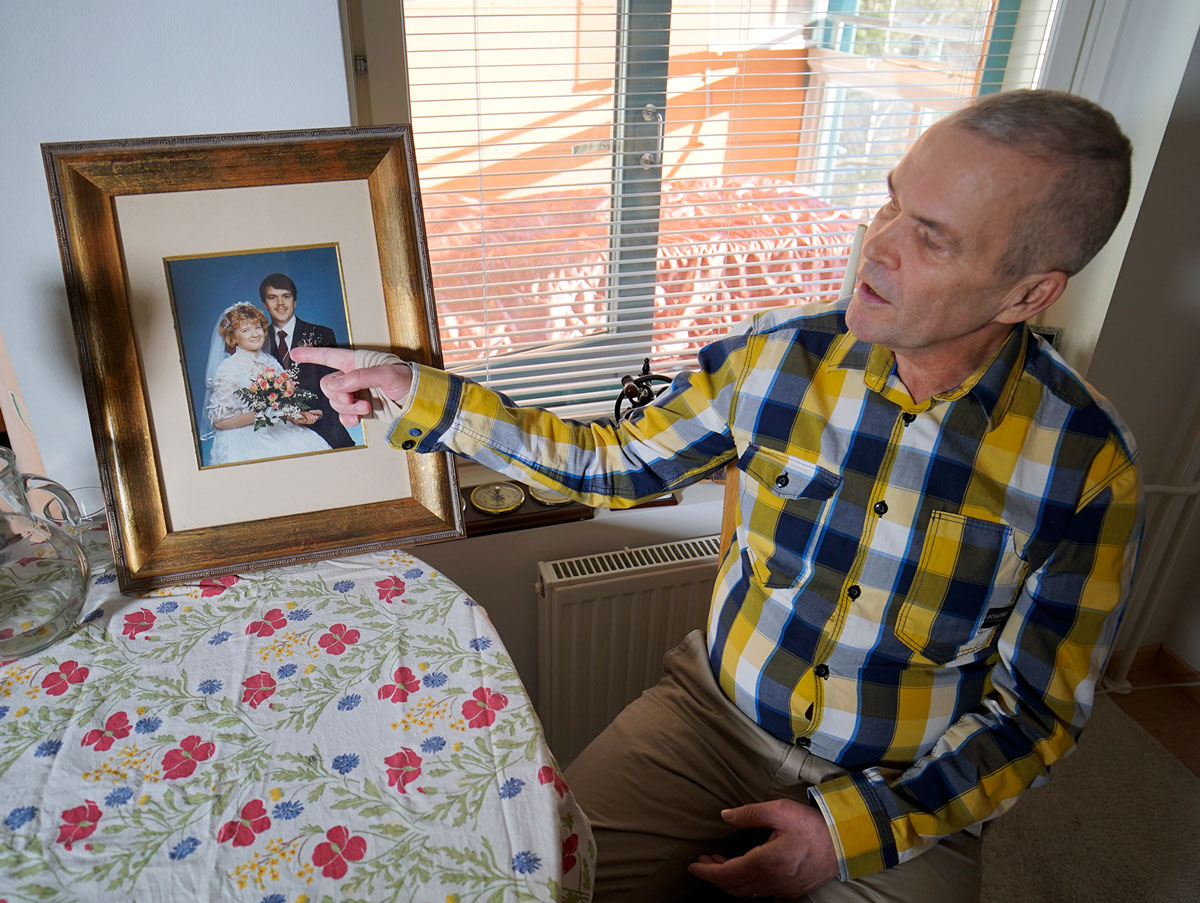
Caregivers have a right for at least two holiday days in a month, when the municipality must arrange for care, but that can impact seniors with memory challenges, since changes in daily routine can lead to disorientation, stress and anxiety.
Finland has specialty nurses called muistihoitaja who are trained in memory disorders, available in every municipality to provide support for patients and families. But with the high cost of nursing home care, and a general resistance to institutionalization in Finland, more and more demands are being placed on families. “That puts also more pressure on the family members,” said Dr. Kivipelto. “We are trying to pay much more attention now to caregivers, because from the patient perspective, they are crucial.” Her group is planning to study caregivers of memory patients as well, since they have a higher risk of developing dementia themselves.
A decade ago, the Finnish Ministry of Social Affairs and Health launched the National Memory Programme, which aimed to create a “memory-friendly Finland” by encouraging brain health, open attitude towards memory diseases, good quality of life, research and education. Many of the recommendations grew out of early success of the FINGER study. In addition to wanting to help a growing population of elderly Finns suffering from memory loss, the Ministry was also looking at the bottom line. The average cost of 24-hour nursing care is 46,000 Euros ($60,375 CAD) per person per year, more than double the cost of home care.
Dr. Kivipelto admits the interventions of the FINGER project have costs of their own, but in a recent study, she and her colleagues found that the treatments and support saved 1,600 Euros ($2,100 CAD) per person, and “a total of 1,623 dementia cases were avoided,” according to the study.
Estimated cost of Alzheimer’s disease in Finland per person (by select stages)
A Finnish study showed that the costs of Alzheimer’s Disease in informal and formal care settings increase considerably as the disease progresses. The study followed 231 persons with AD over five years. In Finland, informal caretakers receive a small special carer’s allowance.
- Late stages AD (CDRS ≥ 16):
€72,056(outer ring) - Mid stages AD (CDRS 7-9):
€45,220(middle ring) - Early stages AD (CDRS < 4):
€16,530(inner ring)
Finland’s high rates of dementia are a harbinger for many countries, and they have taken notice. The FINGER project is now global, with countries across the globe joining in the research. In Canada, the program has kept with the finger theme, naming it “Thumbs UP.”
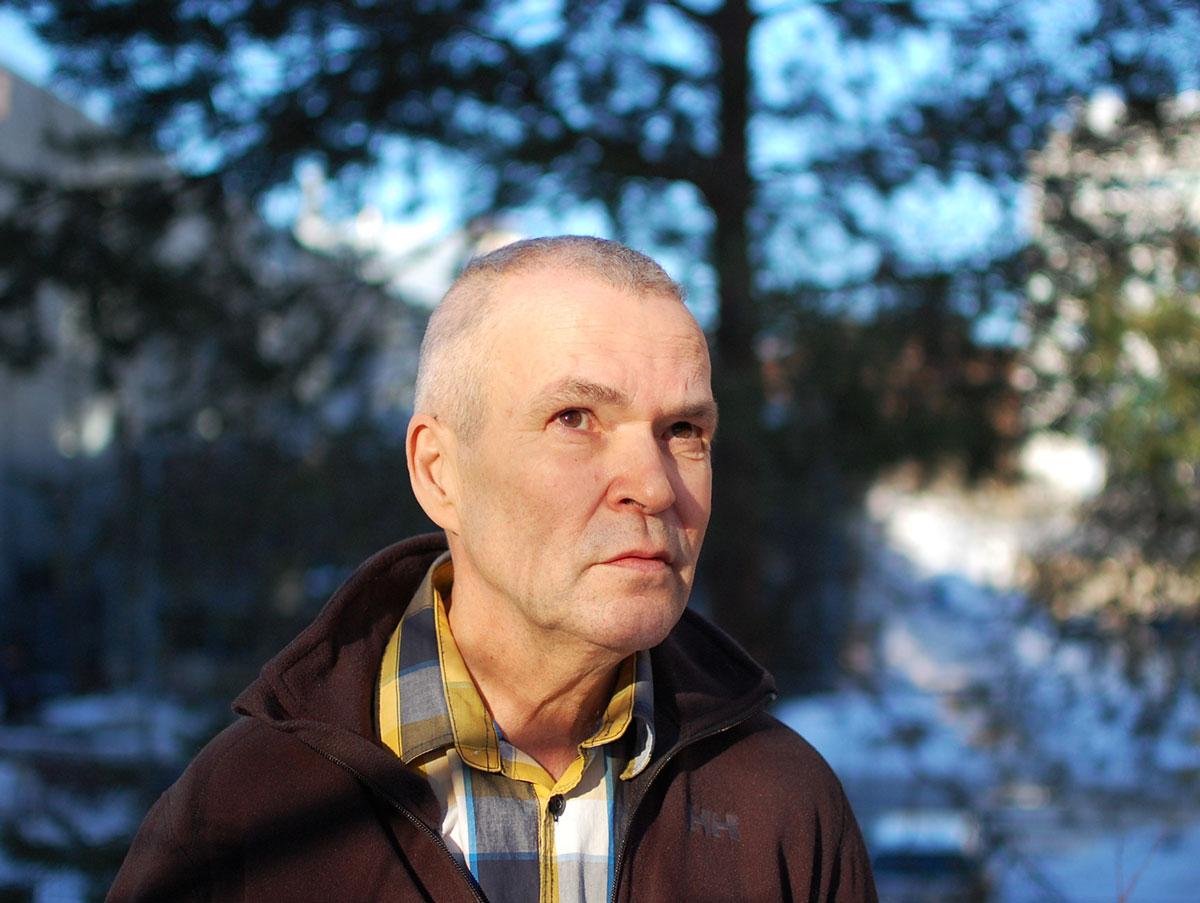
By no means is the work done in Finland. There are calls for better monitoring on dementia nationally, and calls for greater support for seniors with dementia. But Ainasoja has no complaints. “It’s safe to grow old in today’s Finland,” he said. “I see the future as very bright.”

